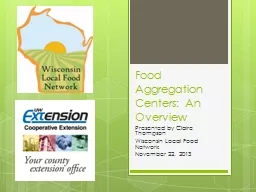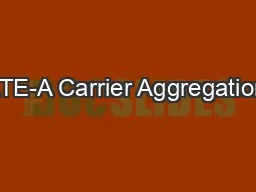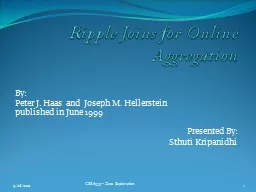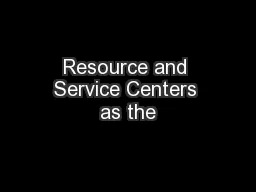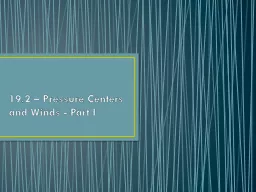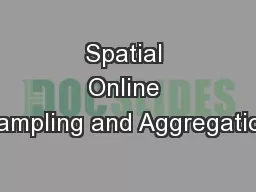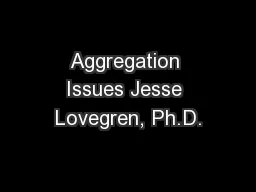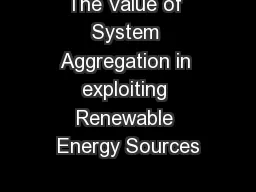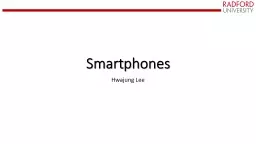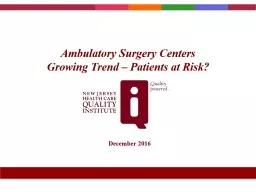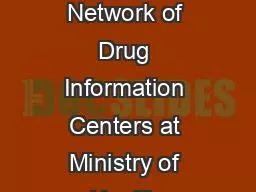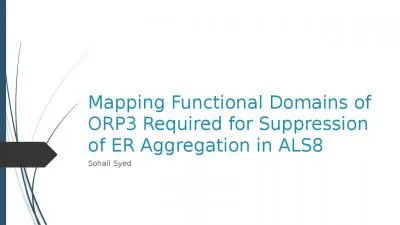PPT-Food Aggregation Centers: An Overview
Author : kittie-lecroy | Published Date : 2018-10-11
Presented by Claire Thompson Wisconsin Local Food Network November 22 2013 Mainstreaming Local Food assumptions Economic Stimulus Job Creation Increased Farmer
Presentation Embed Code
Download Presentation
Download Presentation The PPT/PDF document "Food Aggregation Centers: An Overview" is the property of its rightful owner. Permission is granted to download and print the materials on this website for personal, non-commercial use only, and to display it on your personal computer provided you do not modify the materials and that you retain all copyright notices contained in the materials. By downloading content from our website, you accept the terms of this agreement.
Food Aggregation Centers: An Overview: Transcript
Download Rules Of Document
"Food Aggregation Centers: An Overview"The content belongs to its owner. You may download and print it for personal use, without modification, and keep all copyright notices. By downloading, you agree to these terms.
Related Documents

